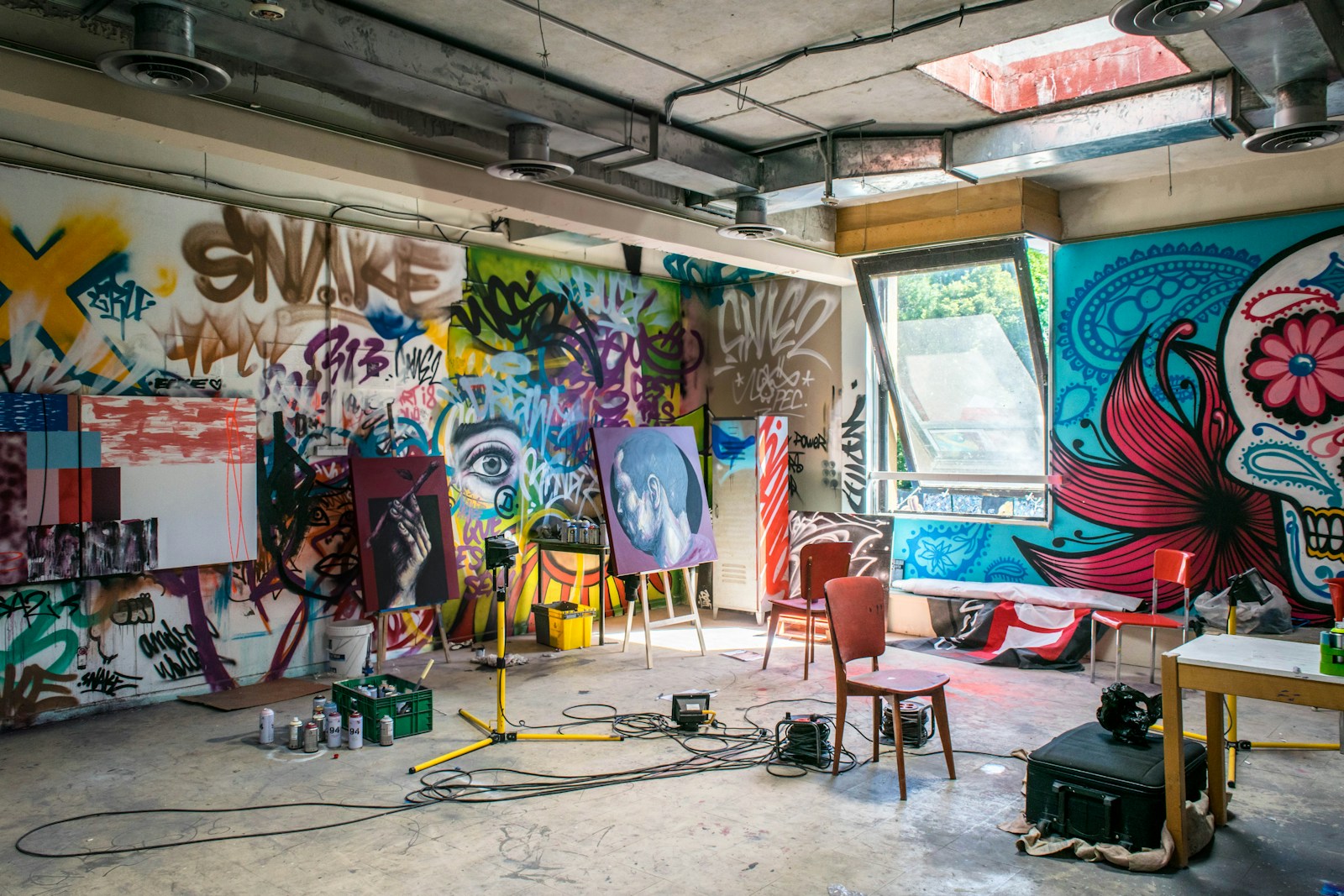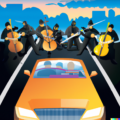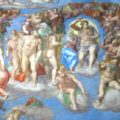 Michael Marcus (also known as “Jacques Treatment”) is a published author, poet, artist, and game designer; with George McVey, he has been publishing comics as “The Hamtramck Idea Men” on the very sensible grounds that they live in Hamtramck, have many ideas, and they are men. Joint work can be found at http://idea-men.us while his earlier work sits at http://www.treatmentlabs.com.
Michael Marcus (also known as “Jacques Treatment”) is a published author, poet, artist, and game designer; with George McVey, he has been publishing comics as “The Hamtramck Idea Men” on the very sensible grounds that they live in Hamtramck, have many ideas, and they are men. Joint work can be found at http://idea-men.us while his earlier work sits at http://www.treatmentlabs.com.
Art, Communication, Connectivity
When first approached by Manuel Marino to write an article, I found myself excited in the extreme — first, because I had been noticed in the vast sea of high-noise/low-signal called the Internet as someone worth approaching, and second, because it would be an opportunity to promote the work that George McVey and I were doing with our comic books, games, t-shirts, and other fine arts, and third, because it would give me an opportunity to vent about the apparent lack of creativity in the comics biz and why we are producing the finest comic books in the field. Then, when I sat down to write, I thought I would write about my own particular love of game design and how it mixes the art (and in some cases, storytelling) with what is essentially a mathematical process to produce something attractive and entertaining without giving one player or another an inherent advantage. In the end, however, as passionate as I am about both subjects, attempts at writing the articles proved dry to any but the most familiar of audiences, and the last thing I wanted to do is bore people. Instead, the subject that came to mind is the one behind everything I do: communication.
Communication is inherent, even if it is nearly forgotten, in almost every work of art. Whether it is the artist communicating an idea to the canvas or, eventually, to an audience by means of the canvas, the interaction spawned by the processes of a good game, the telling of stories by a good book or comic book, or the conveyance of mood and message by a good song or other musical piece, it is the very fact THAT there is signal being transferred and translated that often gets lost. Whereas Marshall McLuhan may have said, “The medium is the message,” I would hold instead that it provides a context wherein meaning is derived — while a book may describe an experience, for example, a comic book or film may share the same experience more clearly, but the same message carries differently with the immediacy of dramatic theater, wherein the wall of the participants and the audience can find itself weakened or even torn down by force.
What, then, of surrealist work, or work done by surrealist means, wherein chance plays the greater part in creating the artifice than does a preconceived message? That depends on the type of work being attempted, whether it is to provoke a sense of whimsy or provide an initiation into an otherworldly space, whether it challenges the audience to “fill in the blanks” through a sense of mystery or negative space, or whether it encourages the reader to follow along with the author’s thought processes and achieve a similar critical or rational context along the same lines as the author. Where automatic writing encourages the latter, for example, Gysin’s “cut-ups” (wherein the pages of a written piece are quartered and refitted before publication) invite the reader to “connect the dots” and reassemble meaning, providing a disorienting challenge to the mind in the process. It is in this way that the surrealist confronts his or her audience with a work of art that engages the human tendency to attempt to make order from chaos, when the primary meaning is in the confrontation itself (and the secondary meaning is in the absurdity, whimsicality, or atonal nature of the process).
This, then, illuminates why I design games, write prose, paint, and create other things the way I do: They provide a context by which I might share an experience, or, more likely, the effect that something that I have experienced has had upon me. This is why I find that the most successful works that I have done are not necessarily those which I have created in a state of inspiration as much as those where I have had more of a dialog with the medium of the communication itself–that is to say, the pieces that seem to communicate best to the people who experience them, whether by being viewed (in the case of visual arts) or being played (in the case of a game), are the ones where I studied the piece itself as it proceeded, even if the result has less craftsmanship or less of my personal interest in the piece itself. For example, in my portion of the Hamtramck Idea Men art gallery the piece that has the most meaning for me is “Augmentation of Chaos,” which is gives chaos a “face” based on its connotations to me. The one, however, that seems to garner the most favorable interest is “Frustrated Joy,” which came to that title based both on the color scheme (the “Joy” in question) and how much it failed, at every step of creation, to become anything like my visualization and plan for the piece. It is as if the piece radiates my energy through the process of creation despite the fact that it has the least meaning for me.
If there is one thing that I have noticed with the advent of technology, it is that more and more experience come without the direct interaction of two people; the computer becomes an intermediary in most communication; this is true even in chat-rooms, where the users’ ability to edit what they say (at the very least, since some adopt alternate personae that they role-play) changes the nature of the exchange. Similarly, analog photographs lose some of their resolution (and with the advent of PhotoShop, still more of their original content), brush strokes lose some of the wondrous elements of their textures, and even digital sampling loses some of the fidelity of sound quality (even the best sample fails to be perfect). This is why, when I designed Gamer’s Dozen, I desperately wanted to create a set of games that anyone could play, face-to-face, at any skill level, with nigh-infinite replayability. I wanted something that facilitated communication and interaction between people without computer interfaces in the way. That, then, would have to be the source of my desire to create–to make a connection with the outside world, something that tends to be rather difficult these days.
Manuel Marino is a seasoned Senior Producer, Music Composer, and Artist with over a decade of experience. He specializes in branded entertainment across various mediums, including video games, films, and advertising campaigns. With 20+ years as a game music composer, Manuel has worked on numerous platforms, creating diverse orchestral soundtracks. HIRE ME


 Manuel is a passionate, driven, and techsavvy AV technician,
Manuel is a passionate, driven, and techsavvy AV technician, 









